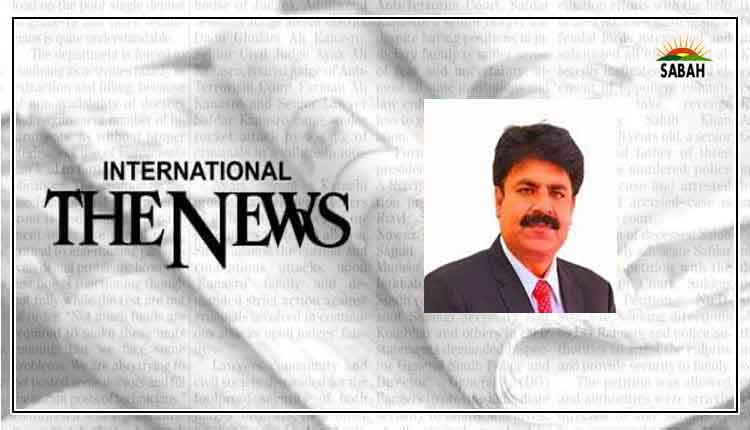5G: hype vs reality ….Zafar Bhutta
The global debate on the perceived potential versus the actual value delivery by 5G has recently intensified, with some advanced economies expressing concerns that the technology has fallen short of expectations. This analysis delves into the experiences of tech conglomerates globally, exploring the current state of 5G readiness, assessing its commercial relevance as well as actual consumer utility for Pakistan.
Denis O’Brien, the Chairman of Digicel Group, which operates in 25 markets globally, calls 5G a disaster for telecom companies due to “the absence of a compelling business case”. He believes unless over-the-top companies, responsible for two-thirds of Internet traffic, actively contribute to the network capital expenditures of telecom operators, the rollout of future technologies is not possible.
The financial intricacies are further underscored by Moody’s Investors Service, which says the world’s largest wireless companies carried $1.211 trillion of corporate debt at the end of 2022, up from $1.072 trillion four years ago. This notable increase in debt is partly attributed to heavy investments in 5G technology.
Leaders of major wireless companies, including CEO of AT&T John Stankey and finance chief of Verizon Tony Skiadas, have acknowledged the financial strain caused by these investments. Stankey affirms a commitment to reducing debt as a top priority, while Skiadas emphasises the critical importance of debt reduction for their company.
The 5G debate gained momentum when South Korea’s largest telecom firm, SK Telecom, highlighted factors contributing to the technology’s shortfall, such as low market demand, limited availability of supportive devices and regulatory barriers, posing challenges for widespread adoption of 5G. In 2019, South Korea led the global rollout of 5G, promising faster network speeds for ground-breaking technologies like smart cities and augmented reality. But people are still awaiting realisation of these advancements.
Industry analysts agree that the absence of a viable 5G use case, both in the consumer segment and the business space, makes it a much tougher sell than 4G. In South Korea, 5G subscribers surpassed 30 million in 4 years, whereas 4G achieved the same milestone in 2.5 years. Globally, as of 2022, 32% of smartphones were 5G-capable, but only 45% of these were activated on a 5G network, a decrease from the previous year’s 55%.
Head of APAC GSMA Julian Gorman explains why 5G has fallen short of its initial promises. He says that the usage scenarios presented at 5G’s inception were more of a demonstration of the technology rather than solid proof that there was a business need to do so, and that the 5G ecosystem is still determining what types of new services and technologies are wanted in the market.
Ronan de Renesse, Research Director at Omdia, adds an interesting perspective: “People are simply not ready to pay more for 5G because they’re totally content with 4G.”
Despite substantial investments, even developed economies are grappling with the intricacies of 5G. In contrast, Pakistan’s pursuit of 5G, without a single available use case and less than 1% device penetration (compared to global average of 17%), seems more driven by a desire to follow global trends than by actual customer demand.
Despite the local telecom sector investing over $4 billion in 4G rollout, it has been operating with an average revenue per user below a dollar for about two years, down from $2 ARPU in 2017 and the global average of $8. Given the industry’s high debt levels amid record-high interest rates, and considering that the commercial launch of 5G could result in a quarter of the forex available at the central bank being used for paying foreign technology vendors and importing 5G-enabled handsets, attempting a full swap from under-monetised 4G networks to the uncertain and complex landscape of 5G appears counterproductive for Pakistan.
With half of Pakistan’s population offline and 20% lacking basic telecom coverage, it is imperative to prioritise bringing the unconnected population into the realm of digital connectivity through transformative 4G technology. This need is more pressing than a premature focus on 5G, which, at best, can only cater to the elite.
Courtesy The Express Tribune, December 30th, 2023.












